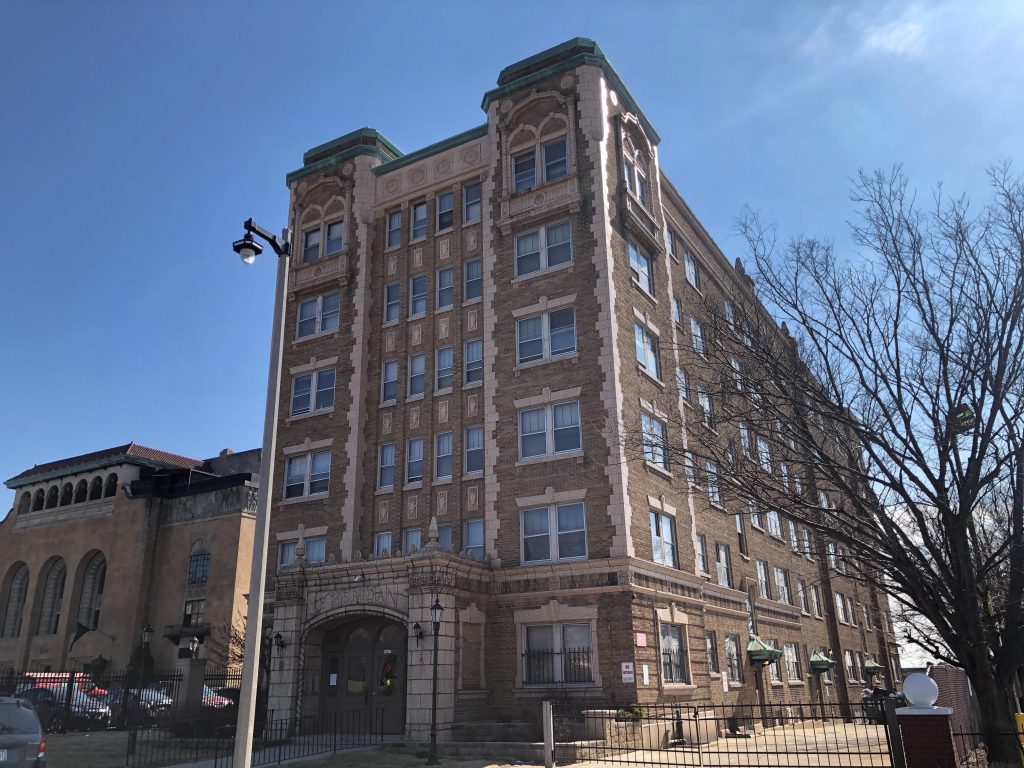12 Tips for Renters Seeking State Aid
How to navigate the Wisconsin Rental Assistance Program.
Gov. Tony Evers on May 20 funneled $25 million in federal pandemic relief into the Wisconsin Rental Assistance Program (WRAP). A network of regional social service agencies began accepting tenants’ applications on June 8.
The short-staffed agencies have since answered hundreds of calls and sifted through thousands of applications. Sometimes applicants get help quickly, but others wait more than three weeks for rent aid to be processed.
Meanwhile, eviction filings are flooding courts, especially in Milwaukee. City landlords filed 1,447 evictions in June, a 17% increase compared to pre-pandemic monthly averages. One study estimates more than 27% of Wisconsin renters are unable to pay rent and are at risk of eviction.
Here is how renters can navigate WRAP and find other resources during the pandemic.
First, how much aid is available?
WRAP distributes up to $3,000 in rental assistance to each qualifying household, capped at $1,000 per month. The program sends payments directly to landlords or rental companies. The money can cover monthly rent, back rent, a security deposit or first month’s rent.
What agencies are processing WRAP applications?
Regional agencies that are members of the Wisconsin Community Action Program Association (WISCAP) are distributing funds. Find your region’s agency here.
Each agency handles WRAP a little differently, but the eligibility guidelines extend statewide, said Brad Paul, WISCAP executive director. WRAP operates on a first-come, first-served basis.
Note: Before you begin your application, you must also apply and be approved for state energy assistance. Community Action agencies can process that application at the same time as a WRAP application.
To be eligible for WRAP, you must:
- Be behind on rent where you live on a current lease OR need money for a security deposit/first month’s rent because you’re at risk of losing stable housing or have already lost housing.
- Be at least 18 years old and live with one person who is a citizen.
- Have a Social Security number in your household, a valid photo identification card and lawful immigration status if you are not a U.S. citizen.
- Have a household income no more than 80% of the county median income in the month before you apply. The median income varies by household size.
- Show how your household income is impacted by the pandemic.
You cannot use WRAP to cover these expenses:
- Payments for government housing such as federal public housing, Section 8 housing choice vouchers or project-based vouchers.
- A mortgage payment.
What if I have a roommate?
If there are multiple roommates — depending on other eligibility criteria — WRAP can be applied to multiple household members’ rent payments. One ineligible member of a household does not necessarily disqualify the entire household from WRAP.
Okay, I’m eligible. What’s the application process like?
Several WISCAP agencies require pre-applications or surveys, which you can find on their websites. The WRAP application itself requires four forms.
Elizabeth Knapp-Spooner of Community Action, Inc., which serves Rock and Walworth counties, said her colleagues screen pre-applications before giving qualified applicants the official WRAP forms. Staff will typically call, email or text applicants at that stage.
Landlords must complete some paperwork. That includes a vendor/landlord agreement to register with the Wisconsin Department of Administration. The form assures that landlords will apply the WRAP payment to the tenants’ rent, and it prohibits landlords from evicting tenants due to lack of rent payment while they are receiving WRAP. It does not prohibit landlords from evicting a tenant for another reason.
Landlords must also sign a renter verification form alongside tenants.
Landlords receive payments once the state approves all of that paperwork. The DOA issues payments once a week: at 5 p.m. on Wednesdays. Tenants should be notified once the payment is applied.
After I apply, how long do I have to wait for the payment?
That varies by regional agency, ranging from days to weeks.
“It can be anywhere from a very fast process to we have people that applied in June (who have) still have not returned their documents, so we can not move forward with them,” Knapp-Spooner said.
Why might someone be rejected by WRAP?
Among the most common reasons, according to WISCAP agencies: Applicants are not yet behind on rent, or they lack documentation showing they lost income due to the pandemic.
Are there alternatives to WRAP?
If you don’t qualify for WRAP, you may still have other options. Some nonprofits offer separate funding through the federal CARES Act. Eligibility for these programs differs from WRAP.
In Dane County, the Tenant Resource Center administers the Dane County CARES Eviction Prevention Program. Visit the center’s website to learn what documents you need. Two require landlord participation. The center says it is prioritizing applications already in its system and those submitted by people with an eviction underway.
The key differences from WRAP:
- You don’t need a Social Security number to apply, and the center will not ask about immigration status.
- You do not need to prove loss of income due to COVID-19 or apply for energy assistance, although you must self-certify that you face economic hardship from the pandemic.
- You must be a resident of Dane County.
You can receive aid from the Eviction Prevention Program and WRAP as long as payments are applied to different rental periods.
In Milwaukee, Community Advocates offers up to $3,000 per household in rental assistance — but only for people who have not received WRAP for the same months.
Requirements for the Community Advocates program are similar to those for WRAP, with one key difference:
- As of Aug. 12, assistance can be applied to future rent.
Learn more about the program here.
What about accessibility?
WRAP application forms are available in English, Spanish and Hmong. The Tenant Resource Center’s application forms are also available in the same languages.
Many community action programs have closed their physical offices due to safety concerns during the pandemic. People without internet access should try calling their regional agency — most offer applications via phone.
I live in Milwaukee. Can I negotiate with my landlord to prevent eviction?
Mediate Milwaukee helps landlords and tenants negotiate solutions that prevent evictions. If you’re facing eviction, call before your hearing. The nonprofit can be reached at 414-939-8800. Mediate Milwaukee also settles landlord/tenant disputes unrelated to eviction.
I am already facing eviction. Where can I get legal help?
Legal Aid Society of Milwaukee and Legal Action of Wisconsin offer free legal advice. Legal Aid also provides eviction defense.
Want more help?
Reach out to a News414 reporter by texting “MKE” to 73224.
If you think stories like this are important, become a member of Urban Milwaukee and help support real, independent journalism. Plus you get some cool added benefits.
-
Wisconsin Lacks Clear System for Tracking Police Caught Lying
 May 9th, 2024 by Jacob Resneck
May 9th, 2024 by Jacob Resneck
-
Voters With Disabilities Demand Electronic Voting Option
 Apr 18th, 2024 by Alexander Shur
Apr 18th, 2024 by Alexander Shur
-
Few SNAP Recipients Reimbursed for Spoiled Food
 Apr 9th, 2024 by Addie Costello
Apr 9th, 2024 by Addie Costello






















